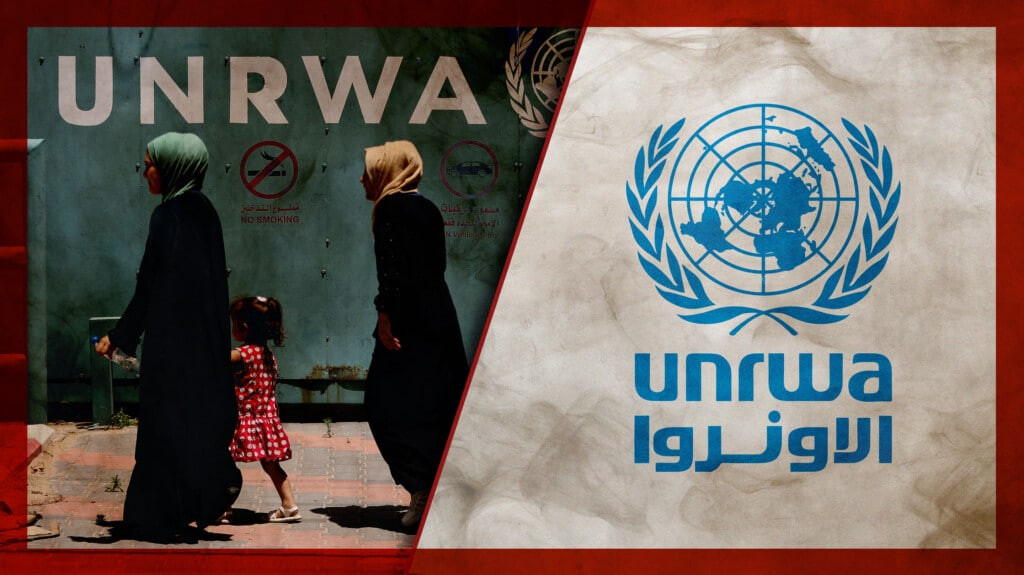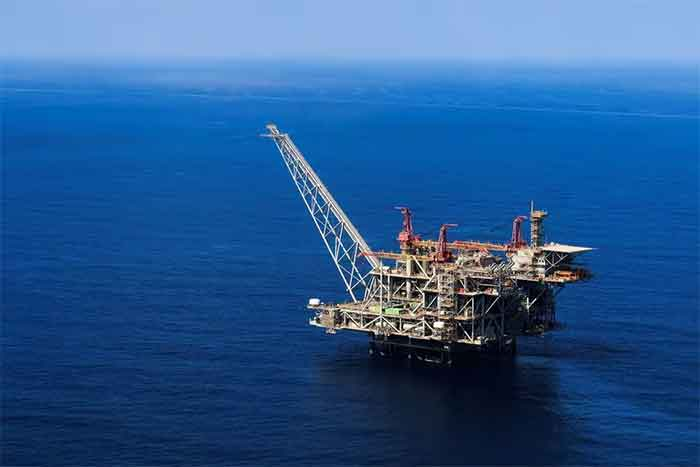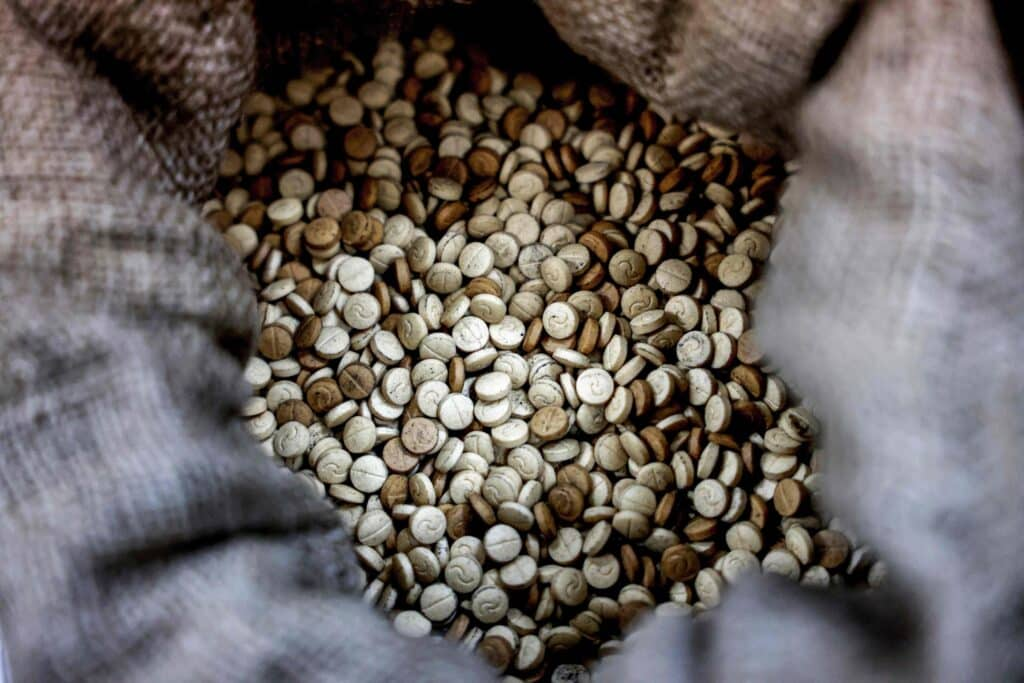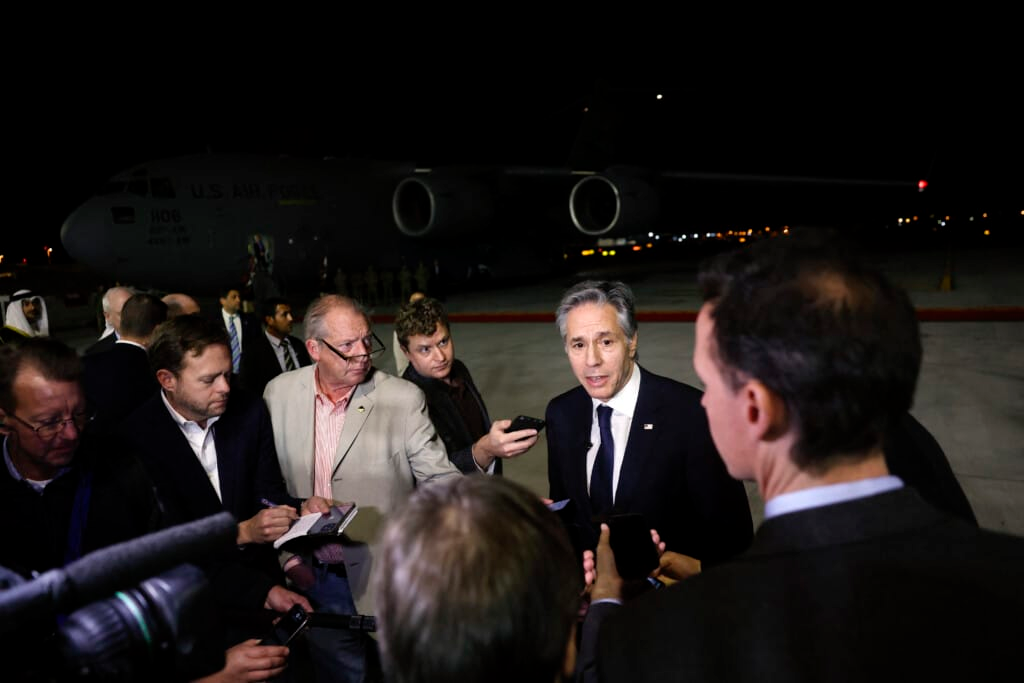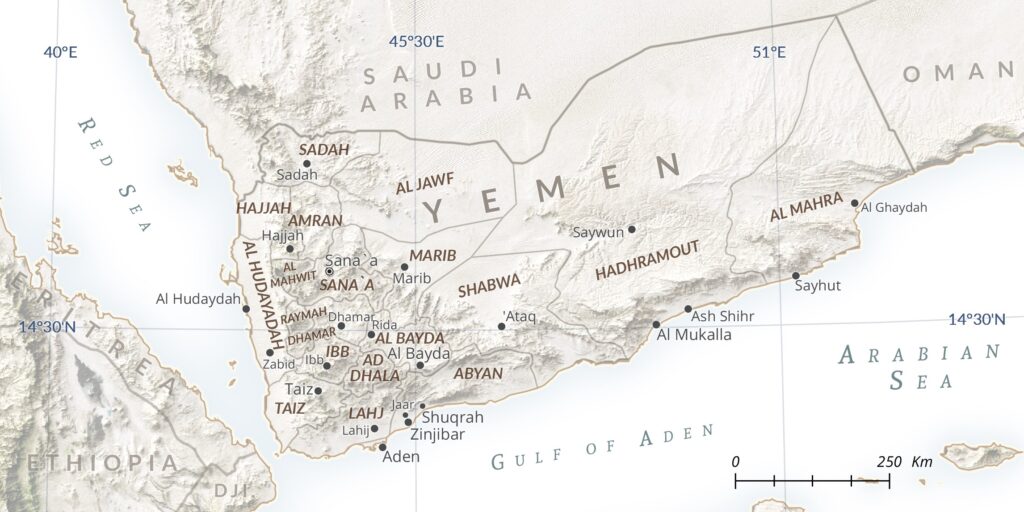U.S., UK Shoot Down Largest Houthi Missile and Drone Barrage in Red Sea
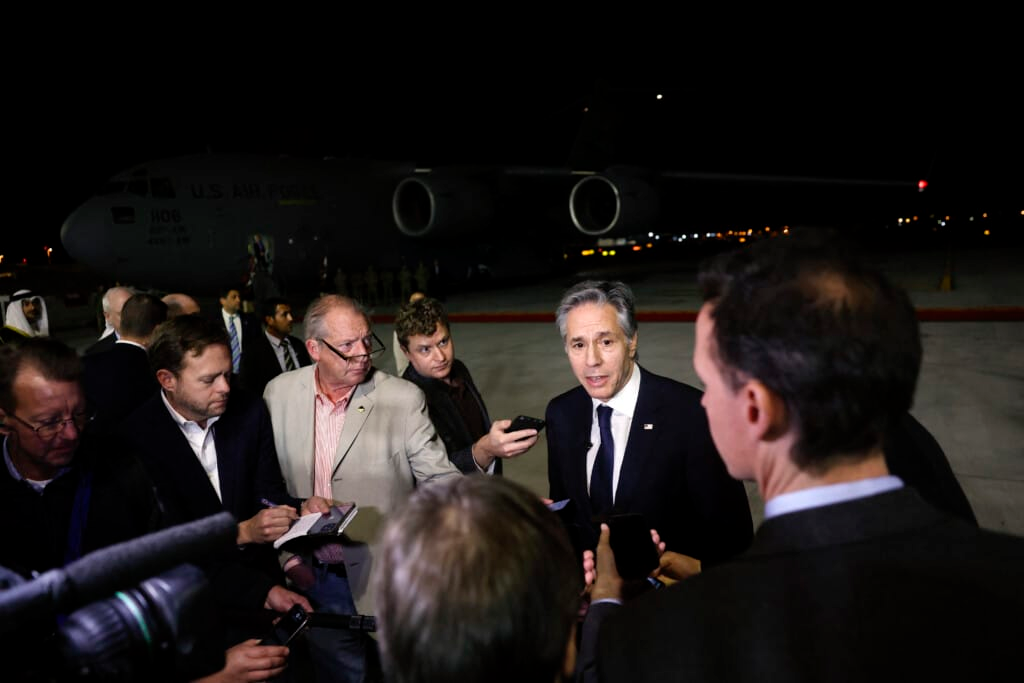
Latest Developments
U.S. and British forces in the Red Sea on January 9 thwarted the largest attack yet by Houthi rebels against commercial shipping in the southern Red Sea. Secretary of State Antony Blinken warned on January 10 that if the attacks continue “there will be consequences.” What those consequences will be remains to be seen.

